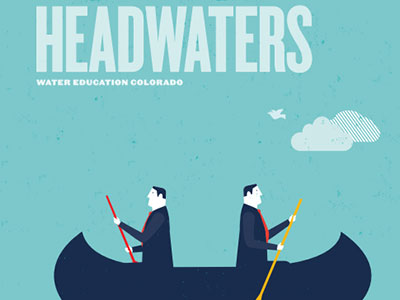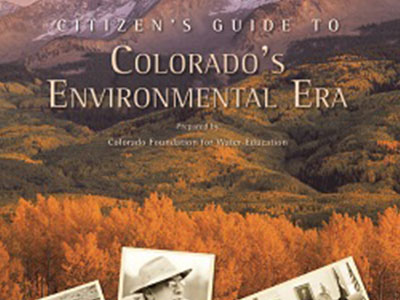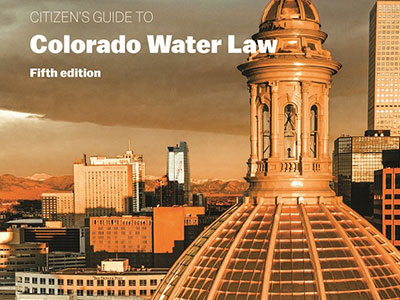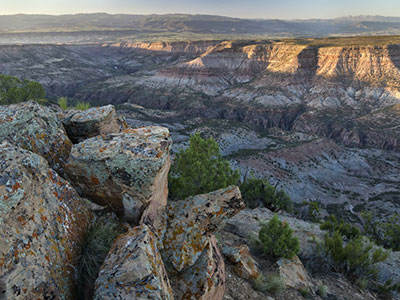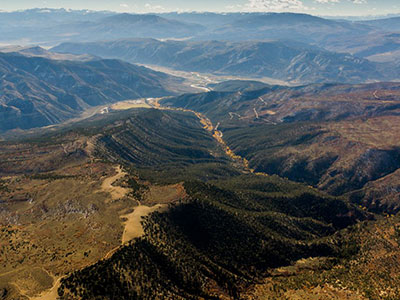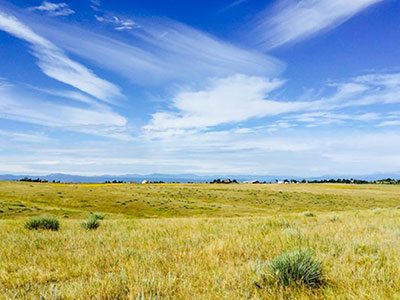Federal Law
Federal Reserved Water Rights
In 1908, the Supreme Court in Winters v. United States determined that the states could not deprive Native Americans of the water reserved for them by implication on the date when Congress created that tribal reservation. This decision generated the doctrine of federal reserved water rights, created expressly or by implication.
Implied federal reserved rights refer to water that was unappropriated on the date the reservation was created, in the minimum amount necessary to achieve the primary purposes of the reservation. The priority date of this type of reserved water right is the date the reservation was created. Subsequently, the U.S. Supreme Court and various state supreme courts have upheld implied federal reserved rights for numerous national parks, monuments and other federal reservations created through acts of Congress. Federal reserved water rights may also be created expressly, for example, by the national Wild and Scenic Rivers Act.
As a result of this legal precedent and to allay Western concerns about exclusive federal control over tribal and federal water claims, Congress adopted the 1952 McCarran Amendment, which permitted state courts to adjudicate federal and tribal water claims. Since then, Colorado has adjudicated federal and tribal reserved rights claims and the state administers them in priority, along with state-based water rights.
For example, Rocky Mountain National Park and the Cache la Poudre Wild and Scenic River have Colorado water court decrees for federal reserved water rights. A negotiated decree entered in Colorado water court for the Rio Grande Basin recognizes U.S. Forest Service rights. The Southern Ute and Ute Mountain Ute tribes settled their federal reserved water rights claims in return for the Animas-La Plata Project, which the U.S. Bureau of Reclamation constructed. A proceeding to determine the amount of the reserved water right for the Black Canyon of the Gunnison National Park resulted in a settlement agreement and a water court decree protecting water flows in the park and upstream in-basin uses.
Environmental Protection
By the close of the 19th century, national and state agendas began to shift from unmitigated use of natural resources to progressive conservation. As a result, President Teddy Roosevelt and his forester, Gifford Pinchot, pushed to protect the forested lands from impacts caused by previously uncontrolled timber harvesting, homesteading and other uses.
Millions of acres of national forest land in Colorado today, of which nearly 4 million acres are designated wilderness.
By the mid-1960s, 100 years of U.S. policy favoring water development began to shift to include environmental protection and preservation. Laws such as the Wilderness Act, National Environmental Policy Act, Clean Water Act, Endangered Species Act, National Forest Planning Act and Federal Land Policy and Management Act impose regulatory constraints on the construction of new water projects.
Compliance with the Endangered Species Act is important to Colorado’s ability to use the waters provided in its interstate compacts. In connection with further development of their Colorado River Compact entitlements, for example, the upper basin states—Colorado, New Mexico, Utah and Wyoming—participate in a program called the Upper Colorado River Endangered Fish Recovery Program. The recovery program is a joint effort with the U.S. Fish and Wildlife Service and other federal, state, water user and environmental organizations to recover four endangered Colorado River native fish: the Colorado pikeminnow, humpback chub, bonytail, and razorback sucker. Participation allows upper basin state water users to qualify for federal permits and other approvals needed to construct water facilities and apply for new water uses. Similarly, the Platte River Recovery Implementation Program, including Colorado, Wyoming and Nebraska, protects the interior least tern, whooping crane, pallid sturgeon, and piping plover.
Federal laws and regulations add complexity to Colorado’s ability to meet its water needs. For example, Section 404 of the Clean Water Act requires a U.S. Army Corps of Engineers permit to place dredged or fill material into waters of the United States, which includes rivers and wetlands. This means that virtually all dams require federal approval. The U.S. Environmental Protection Agency exercises veto authority over these permits. In the 1980s, the EPA vetoed the Denver Water Board’s application for the Two Forks Dam, which had attracted substantial opposition throughout Colorado.
Also controversial have been cases where the U.S. Forest Service has required bypass flows as a condition for issuing or renewing permit right of ways for on-forest diversions and reservoirs. A bypass flow is an amount of water required to flow past a dam or diversion to support downstream forest water needs, such as wildlife habitat or recreation. Opponents of bypass flows argue they illegally and inappropriately intrude into Colorado’s legal authority to allocate and manage water use; supporters insist they are a necessary tool for protecting water-dependent resources in national forests, given the existing decreed water rights held by private water users with on-forest dams and diversions.
All of these laws have greatly expanded citizen participation in water decision-making processes. No significant action affecting the environment can go forward without the opportunity for citizens to comment. In turn, this has pushed Colorado decision makers to examine alternatives to proposed water projects.

